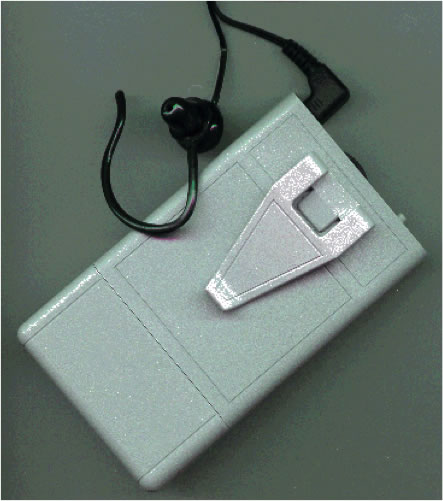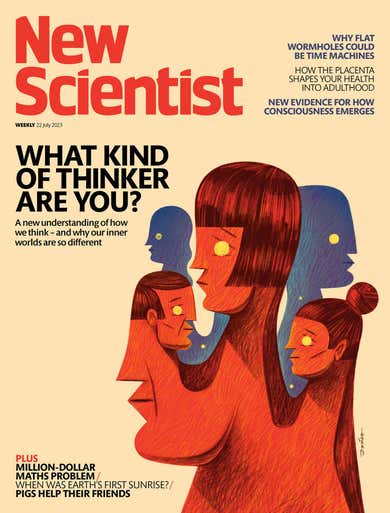Neuroscience of inner experience
The human neurosciences have made great progress in imaging the brain states that underpin moments of consciousness, but those moments of experience remain thinly described. This project brought together the inventor of the Descriptive Experience Sampling (DES) method, Russell Hurlburt, with cognitive neuroscientist Simone Kühn and psychologists Charles Fernyhough and Ben Alderson-Day. Since 2013 the team has been working to integrate DES and fMRI approaches to understanding inner experience, including an intensive study that took place at the Max Planck Institute for Human Development in Berlin in 2014.

This chapter provides an accessible introduction to the method. The first empirical article from the project describes the proof-of-concept for integrating DES with fMRI. Methodological questions around the DES–fMRI integration are the focus of this opinion piece. DES provides a powerful tool for understanding the qualitative, subjective elements of experience in the resting state, as we show in this article.

This article focuses on how neural correlates of a particular aspect of inner experience, inner speech, can most reliably be observed in neuroscientific paradigms. In this article we turn our attention to the experience of mind-wandering, and particularly how DES can help us to understand the internal vs external focus of moments of undirected thought.
Our work in this area has garnered a lot of media attention, including most recently this cover feature in New Scientist magazine.



/prod01/prodbucket01/media/durham-university/research-/research-centres/centre-for-research-into-inner-experience/Home-Banner.png)